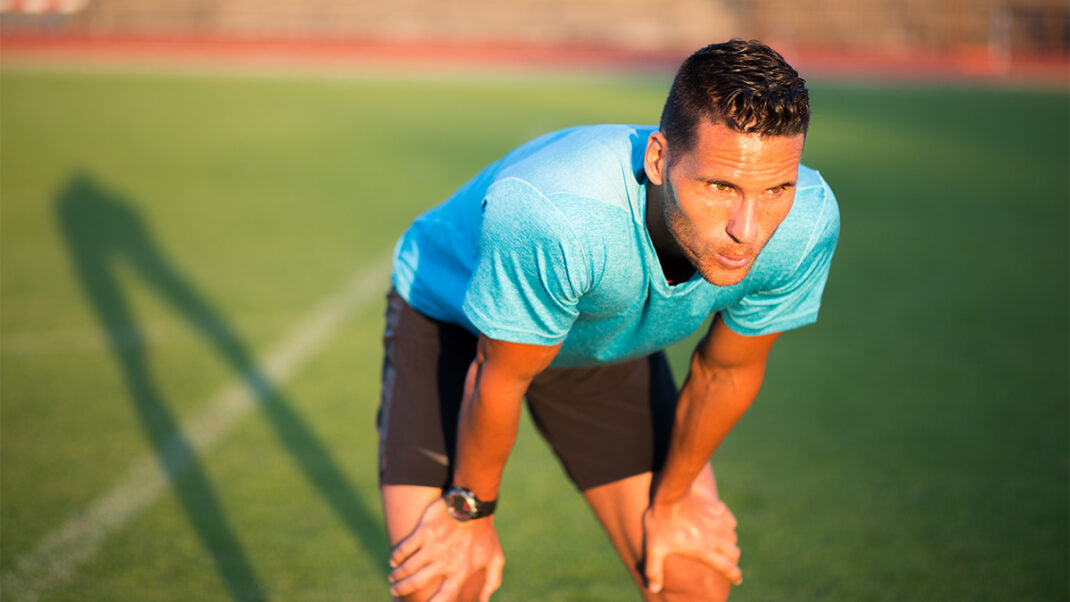Practical Tips for Attracting Obese Clients

For many fuller-figured individuals, the idea of going to a fitness facility is overwhelming. Unfortunately, our images and headlines don’t help. In industry marketing materials, “we feature the already fit, which is intimidating,” says Boulder, Colorado–based marketing and sales expert Debra Atkinson, MS. “We feature tight clothes, the room full of toned, flawless-skinned individuals working with teeth-whitened, slender professionals.”
Going against this trend, however, are a handful of business owners skilled at marketing to, and profiting from, the relatively untapped niche of overweight and obese individuals. This article reveals how these fitness entrepreneurs consistently attract and retain curvier customers through size-savvy external marketing and service systems. If you’ve ever wondered how best to inspire this underserved yet populous market to fitness, here are practical strategies for attracting plus-size customers—and boosting your bottom line.
Plus-Size Success
Why should you make an effort to accommodate larger clients? Because the field needs good, innovative leaders, says Atkinson, who is also the founder of Voice For Fitness, a consulting business for fitness professionals. Currently there are not enough knowledgeable professionals catering to this population.
There are, however, a handful of dedicated pioneers showing the way. Just ask The Biggest Loser contestant-turned-gym-owner Marty Wolff. Wolff had struggled with obesity his entire life. That all changed when he appeared on the reality weight loss show, The Biggest Loser. He lost 146 pounds and also met fellow contestant Amy, who is now his wife.
After the show was over, both Wolff and his wife became certified personal trainers. In 2012 they opened Square One Health Club in Omaha, Nebraska, which caters exclusively to overweight and obese members.
Entrepreneur Kishan Shah has a similar story. Once weighing over 400 pounds, Shah successfully lost over half his weight through self-researched diet and exercise modifications. Today, he is the healthy and fit Chicago-based CEO of Downsize Fitness, a chain that requires all new members to be at least 50 pounds overweight to join.
The Downsize approach is working: The business has grown to five locations in less than 2 years and is poised to open more locations soon. To be successfully size-friendly, “there has to be a relentless focus on the customer and how the client relates to the nutritional and emotional changes he or she must undertake,” Shah explains.
In contrast to these brick-and-mortar-studio success stories are the outdoor boot camp classes and adventure activities offered by Body Exchange™ in Vancouver, British Columbia, which also caters exclusively to curvier customers. The business has expanded into six Canadian territories as well, notes founder and CEO Louise Green.
Notwithstanding potential profits, all experts interviewed for this article had a consistent cautionary message: Don’t do it just for the money. Either market to plus-sized clients or don’t, but do it sincerely, and don’t do it halfway.
External Marketing for Overweight Clients
Exercise entrepreneurs who want to attract plus-size patrons must be savvy about the types of photos and tag lines they use on marketing collateral, say our experts. So what are their top tips?
Accentuate enjoyment and health. Get beyond weight loss. Opt for ideas like “Gain more confidence in life,” “Play with your kids or grandkids more easily,” “Experience better sleep or lower blood pressure” or “Reduce the need for medications.” Emphasize community, note that your program or facility is size-friendly, and imply that the prospective customer won’t be the only bigger person in the room.
Remember that an obese person’s “deepest fears of failure are getting left behind, being the largest body in the room or being physically overwhelmed,” says Green. “Come up with creative ways to address [these fears].”
Engineer empowering visuals. On your website and in marketing collateral, ditch the supposedly aspirational photos of superfit, sexy young models. Instead, use flattering images of plus-size trainees engaging in an activity that implies they are strong, able and confident.
“I have created all my own stock photography and marketing messages, and I know that appropriate imagery works,” notes Green. “People want to see a representation of themselves.”
Select size-sensitive sayings. Be thoughtful about the language and tone you use in advertisements, headlines and testimonials, says Atkinson. “Avoid the word ÔÇÿobese’; this is not a great word to use to entice people,” says Green. “I only use ÔÇÿobese’ when I am working with medical or health professionals.”
What does work? Choose words that focus on the body’s function and abilities, not weight loss, says Rochelle Rice, MA, New York City-based industry veteran and obesity expert who writes and speaks on how best to help overweight individuals achieve fitness success. For example, she recommends using “as your body changes shape” or “as you change your body’s shape” instead of “as you lose weight.”
Network with the plus-size community. “As a trainer, you need to have your own size-friendly team of healthcare professionals who can not only help you support your clients, but also support you,” says Rice. (Check out www.SizeDiversityAndHealth.org for size-friendly health professionals.)
For more information on working with obese exercisers, please see “How to Attract Obese Exercisers” in the online IDEA Library (see the July–August 2014 issue of IDEA Fitness Journal). If you cannot access the full article and would like to, please contact the IDEA Inspired Service Team at (800) 999-4332, ext. 7.





